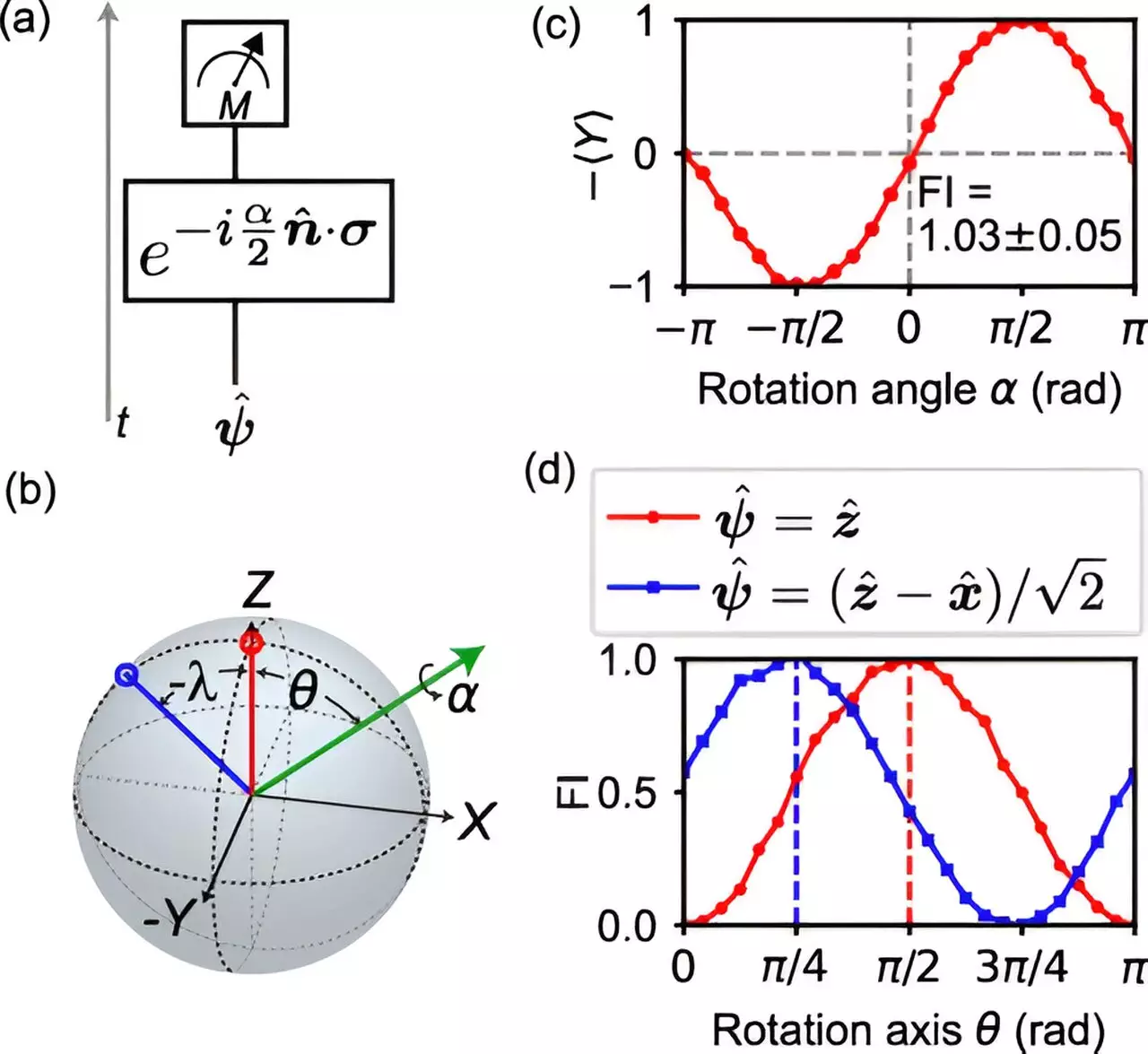The concept of time travel has long been relegated to the realm of science fiction, an intriguing fantasy that captivates our imagination. For decades, scientists have pondered whether bending or surpassing the constraints of time could ever become a reality. While traveling to the distant future might one day be conceivable through relativistic effects—approaching the speed of light—traveling back in time remains elusive and seemingly impossible within conventional physics. However, advances in quantum physics are daring to challenge these long-held notions. Recent research suggests that, even without literal time machines, we might harness the peculiarities of quantum entanglement to access information from the past. Such breakthroughs could dramatically reshape our ability to explore history, space, and the fundamental nature of reality.
What makes this development truly groundbreaking is the notion that quantum systems possess an inherent, almost mystical ability to provide ‘hindsight’—a look into events that have already occurred. These principles are far from being mere theoretical musings; they could soon inform the design of sensors capable of peering into the fabric of time itself. The premise is bold: using quantum entanglement, scientists are now proposing devices that essentially “look back” into the past, capturing data that was once thought permanently lost or inaccessible. This is no longer just science fiction — it’s a potential paradigm shift in how we understand measurement, causality, and the very structure of spacetime.
The Mechanics of Quantum Hindsight and Its Implications
The core of this innovation lies in manipulating entangled quantum particles—specifically, a pair of qubits prepared in a singlet state. These particles are linked so tightly that the state of one instantly influences the other, regardless of the distance separating them. This interconnectedness, often dubbed “spooky action at a distance” by Einstein, has been a fascinating aspect of quantum mechanics. Now, researchers are turning this phenomenon toward an extraordinary purpose: achieving what they call “hindsight.”
The process begins with entangling two qubits, then subjecting one to a magnetic field that causes a measurable rotation. In classic quantum sensing, the challenge is that measuring magnetic fields precisely depends on knowing the optimal orientation of the spin states—a task riddled with uncertainty and a one-in-three chance of failure. But the new approach leverages the entangled partner to effectively “send” information backwards in time, allowing scientists to determine the best measurement parameters in hindsight.
By measuring the ancillary qubit after the probe qubit has interacted with the magnetic field, scientists harness the entanglement to retroactively inform the prior state. This process can be viewed as a kind of quantum “look-back”—a way to optimize measurement strategies after the event, greatly increasing the precision of quantum sensors. It’s akin to adjusting your telescope after seeing a fleeting star—except this “adjustment” occurs on the quantum level, in a realm where the usual rules of causality give way to counterintuitive possibilities.
The implications are profound. If these sensors can be developed further, they could unlock unparalleled precision in detecting magnetic fields, gravitational waves, or even astronomical phenomena. Imagine a device that doesn’t just measure what’s happening now but can, in a sense, reconstruct or better understand past events by smartly exploiting entanglement—an ability that could revolutionize fields ranging from astrophysics to information security.
Challenging Our Understanding of Reality
This emerging frontier presses us to reconsider the fundamental concepts of time and causality. Quantum entanglement, which Albert Einstein derided as “spooky,” is now revealing its potential as a tool that can conceptually bridge past and future states. While this does not equate to traditional time travel—traveling physically back in time—it hints at a form of information-based retrospection that could mimic some aspects of temporal navigation.
Critically, these discoveries challenge our intuition that causality flows only forward; instead, they suggest a universe where information can be coalesced across time boundaries in ways that defy classical logic. Far from being mere curiosities, these insights could lead to practical technologies that harness the peculiar power of quantum “hindsight” to solve real-world problems, from detecting elusive cosmic signals to improving medical imaging or secure communication.
Yet skepticism remains warranted. The idea of “sending” information back in time touches on deep philosophical and scientific debates regarding causality and the nature of reality itself. While the experimental setups are promising and grounded in quantum mechanics, translating these principles into robust, real-world devices will require overcoming significant technical hurdles. Despite these challenges, the excitement is palpable: Quantum physics may be opening gateways not just to a new understanding of particles, but to a fundamentally new way of exploring the universe across the temporal spectrum.
This is an era where the boundaries between science fiction and scientific fact are blurring, and the potential for quantum “hindsight” sensors to reshape our understanding of the universe is poised to become a defining breakthrough of the 21st century.

